The 12 Funny Facts About Christmas
Christmas is a time for traditions, but it also has a lot of really interesting—and occasionally strange—things about it. Can you guess why the nose of Rudolph the reindeer is red? In Japan, what is served for Christmas dinner? How does Santa elongate his days to deliver every gift in a single night?
The strangest and most fascinating Christmas facts from around the globe were gathered by us: this holiday can be quite unexpected!
1. “Jingle Bells” was written for Thanksgiving, not Christmas.
James Lord Pierpont wrote the song in 1857, and it was released as "One Horse Open Sleigh." It was intended to be performed in honor of the renowned Medford sleigh races during Thanksgiving in the composer's Sunday school class. Additionally, the first song to be transmitted from space was "Jingle Bells."
2. Rudolph’s red nose is probably the result of a parasitic infection of his respiratory system.
According to Roger Highfield, the author of the book “The Physics of Christmas: From the Aerodynamics of Reindeer to the Thermodynamics of Turkey”, the world’s most famous reindeer has a red nose due to a parasite. However, Rudolf’s relationship with his parasite is symbiotic: after all, the red nose illuminates the path through the winter night for the whole reindeer team.
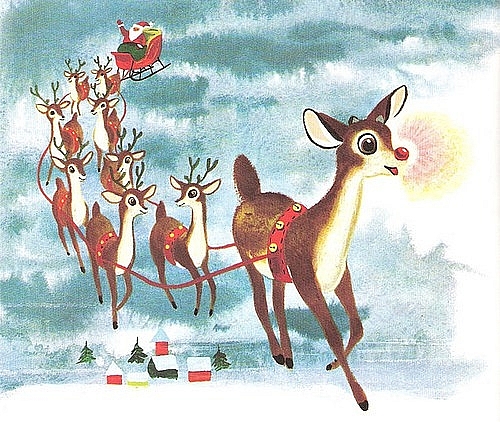 |
| Rudolph’s red nose is probably the result of his respiratory system infection. |
3. In the Netherlands, Sinterklaas (the Dutch version of Santa Claus) arrives from Spain, not from the North Pole.
There are other peculiar aspects of the Dutch Christmas besides that. Sinterklaas has his little helpers, but they aren't cute, hardworking elves—rather, they're black-faced boys and girls who have the power to take your kids away if they misbehave and return them to Spain—a punishment that the Dutch consider to be very harsh.
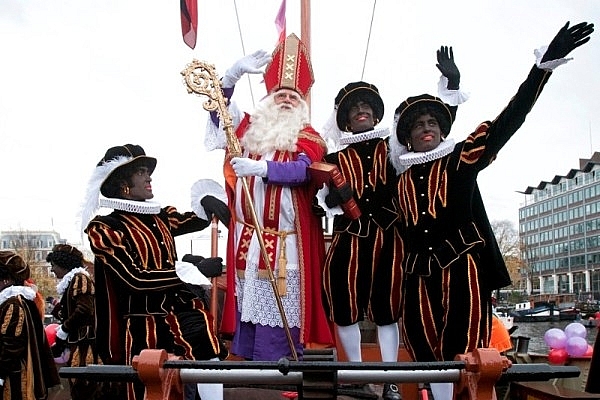 |
| Sinterklaas, the Dutch version of Santa Claus. |
4. In Germany, Poland, and Ukraine, finding a spider or a spider’s web on a Christmas tree is believed to be a harbinger of good luck.
One legend claims that a spider woven a blanket for Baby Jesus; another claims that a spider web on the Christmas tree turned silver and gold when exposed to sunlight. You will undoubtedly be lucky and prosperous if you decorate your Christmas tree with artificial spiders and spider webs!
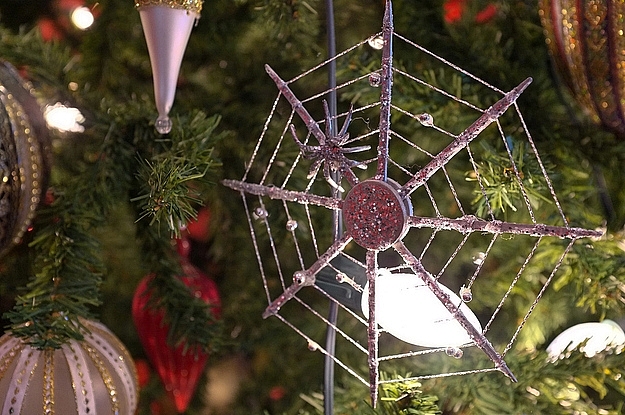 |
| Hanging a spider web on a Christmas tree is believed to bring good luck. |
5. Santa stretches time like a rubber band, in order to deliver all the gifts in one night.
The United Nations Children's Fund (UNICEF) estimates that there are 2,106 million children under the age of 18 worldwide. Santa would need to travel 221 million miles on Christmas Eve, or 842 million stops, if we assume that each household has 2.5 children on average. Santa has 36 hours to deliver gifts due to time zone differences, so his average speed would be about 650 miles per second. Since it is slower than the speed of light, an overweight old man could theoretically accomplish it, but it would still be difficult. North Carolina State University mechanical and aerospace engineering professor Larry Silverberg recommends that Santa use relativity clouds to complete the task. Based on relative physics, relativity clouds enable Santa to extend time like a rubber band, giving him months to deliver gifts while we only have a few minutes.
6. Two weeks before Christmas is one of the two most popular times for couples to break up.
Couples are more likely to break up during spring break, two weeks before Christmas, and two weeks after Valentine's Day, based on data analyzed from Facebook posts and status updates. However, the least preferred day for breakups is Christmas Day.
7. In Armenia, the traditional Christmas Eve meal consists of fried fish, lettuce and spinach.
Many Armenians fast for a week before Christmas Eve, that’s why, in order not to stress the stomach, the menu for the Christmas dinner is pretty light.
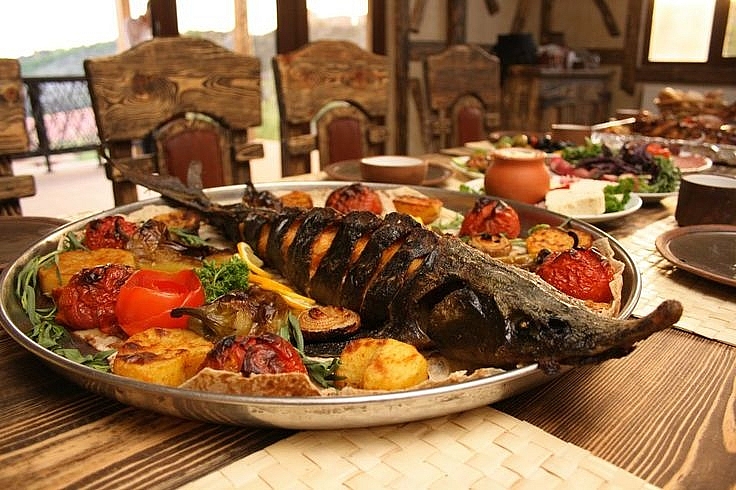 |
| Armenia's traditional meal on Christmas Eve. |
8. Japanese people traditionally eat at KFC for Christmas dinner.
Even though there are very few Christians in Japan, every Christmas, adults and children alike visit the local KFC to indulge in fried chicken, which is the closest thing to turkey that can be found in the country. All of this is a result of the 1947 "Kentucky for Christmas!" advertising campaign's success. KFC first catered to foreigners by offering a "Christmas dinner" consisting of wine and chicken, which was somewhat similar to the food that visitors and expats would typically eat at home. Following its enormous success, Kentucky Fried Chicken began to advertise this deal annually, and eventually the fast food restaurant became closely linked to the Christmas season.
 |
| Japanese people usually eat KFC for Christmas dinner. |
9. The “X” in “Xmas” doesn’t take “Christ” out of “Christmas.
Although the word "Christmas" is frequently shortened to "Xmas," some individuals believe that this spelling is incorrect because it omits the "Christ" from the word "Christmas." No one is taking the "Christ" anywhere, so don't worry. The Greek word for Christ, Christos, begins with the letter X, or "chi," in the alphabet.
10. The first artificial Christmas Tree wasn’t a tree at all. It was created out of goose feathers that were dyed green.
The 19th century saw the development of artificial Christmas trees in Germany as a result of extensive and ongoing deforestation. The feather trees eventually found their way to the US in the early 20th century as their popularity grew.
 |
| The first artificial Christmas Tree wasn’t a tree at all. |
11. Iceland has 13 Santas and an old lady who kidnaps children.
In Iceland, Christmas is a vibrant blend of folklore, religion, and fairy tales. Thirteen Yule Lads visit the children in place of a single Santa, rewarding good behavior and punishing misbehavior. The 13 Yule Lads visit homes every day to fill the shoes left under the Christmas tree with treats and small gifts or, depending on the behavior of the child in question that day, rotting potatoes. The holiday season starts 13 days before Christmas. The terrifying Grúla, the half-troll, half-beast mother of the Yule Lads, kidnaps mischievous children and boils them in her cauldron.
 |
| The kids in Iceland are visited by 13 Yule Lads. |
12. In Germany, Heiligabend, or Christmas Eve, is said to be a magical time when the pure in heart can hear animals talking.
They can also see that rivers turn into wine, Christmas tree blossoms bear fruit, mountains open, revealing gems hidden inside and bell ringing can be heard from the bottom of the sea.
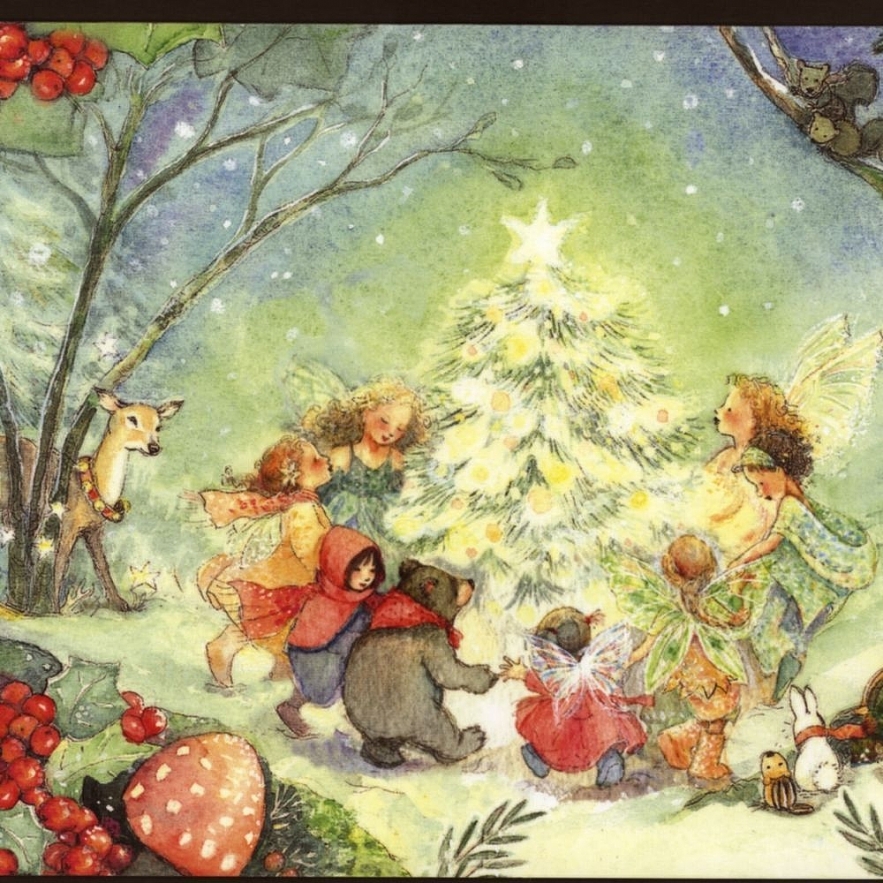 |
| Photo: Pinterest. |
 | The weirdest Christmas traditions in the world The weirdest Christmas traditions: Somewhere on this big old planet, someone is celebrating in an unusual way. Here are just some of the weird and ... |
 | 10 Simple Ways to Celebrate a Meaningful Christmas Party at Home Many people will worry that Christmas can be boring when they have to stay at home. But, thanks to these following easy tips, you can ... |
 | How Did Christmas Start? Christmas is celebrated annually on December 25 and is both a sacred religious holiday and a world-known cultural and commercial phenomenon. Have you ever been ... |
 | Merry Christmas: Best Wishes and Messages for family and friend Do you think any meaningful and funny wishes and quotes for your beloved people? If you don't, take a look at these following sentences. They ... |
 | Why do we celebrate Christmas on December 25th? There are two specific theories for why we use the date of December 25th for Christmas. |


























